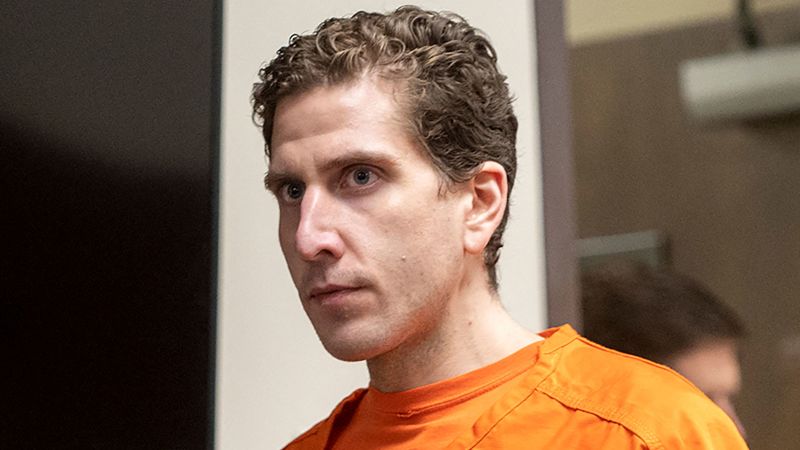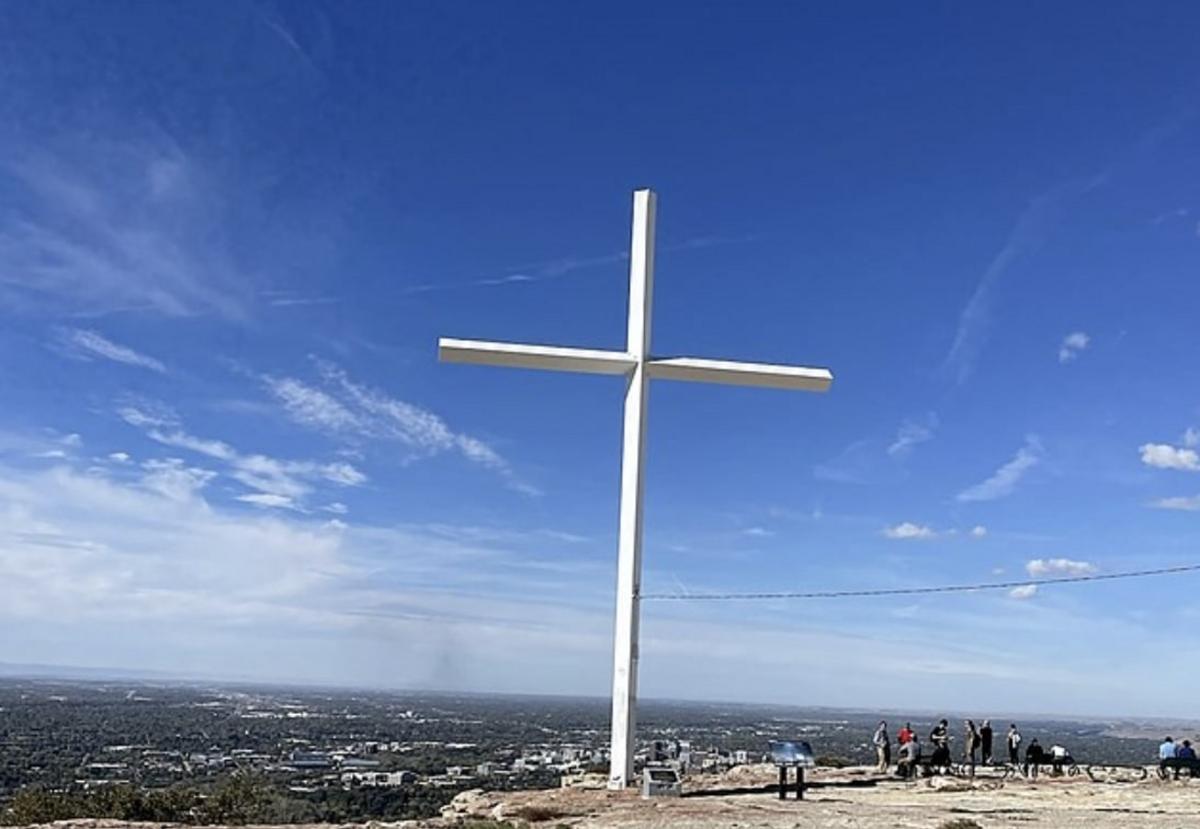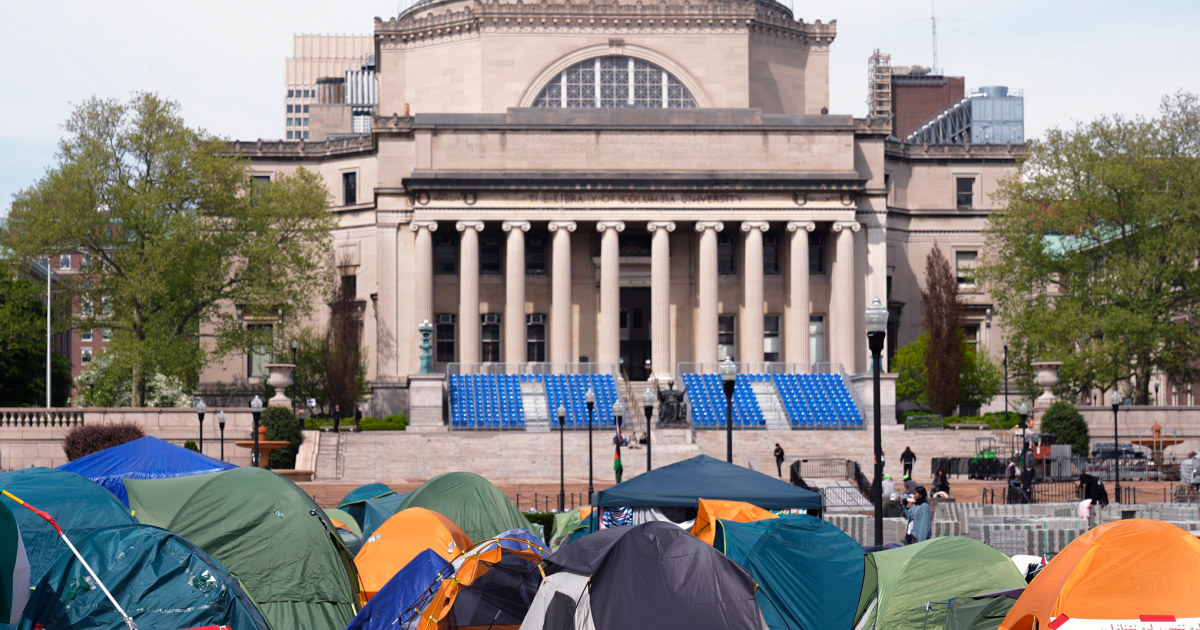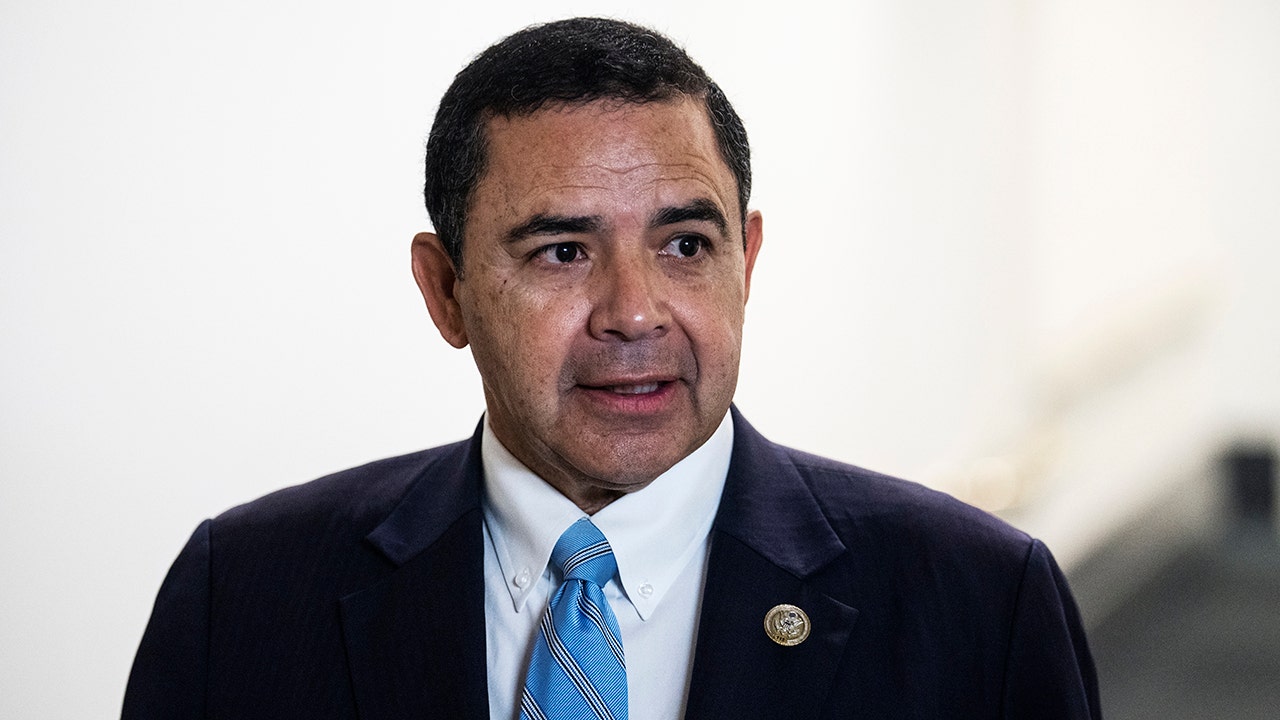CNN
—
A coalition of media organizations and the father of a murder victim are set to come to an Idaho court on Friday with the same goal in mind: challenging a gag order.
Two separate hearings are scheduled in the criminal case against Bryan Kohberger, the criminology graduate student at Washington State University accused of fatally stabbing four University of Idaho students in their off-campus home. A not guilty plea has been entered on his behalf, and the trial is set for October.
The brutality of the killings and the lack of clarity on his connections to the group of friends have made it one of the highest profile cases in US news.
Yet due to a wide-ranging gag order, prosecutors, defense lawyers, and attorneys for victims’ families and witnesses are prohibited from saying anything publicly, aside from what is already in the public record.
Gag orders are a common occurrence in high-profile cases, such as the man accused of carrying out January’s mass shooting in Half Moon Bay, California, or the involuntary manslaughter trial of the parents of Oxford High School shooter Ethan Crumbley.
In Idaho on Friday, an attorney for the family of Kaylee Goncalves, one of the four victims, will argue to amend the order at a hearing at 10:30 a.m. local time, saying it has restricted their free speech rights. Afterward, a coalition of media organizations also will argue to vacate the order, calling it “vague, overbroad, unduly restrictive, and not narrowly drawn,” according to court documents.
The dual hearings have put a renewed focus on the gag order, the colorful term for what’s technically known as a “nondissemination order.”
At its most basic level, the gag order sets restrictions on what information can be released to the public and what certain people involved in the case can say.
The idea is to balance the First Amendment right to free speech with the Sixth Amendment right for a defendant to receive a fair trial, said University of Idaho assistant professor of law Samuel Newton. The concern is that too much commentary and publicity about a case can create jurors who have already made up their minds.
“What you’re worried about is tainting the whole (jury) pool,” Newton said.
The gag order is just one of a number of strategies judges can take to eliminate jury bias. They can also move the trial to another venue, create a jury questionnaire or sequester the jury during the trial.
But when does restricting speech in a case with such high public interest go too far? What are the limits?
The arrest warrant and criminal affidavit for Kohberger were issued on December 29, 2022, and within a week the prosecution and defense jointly agreed to a gag order.
The January 3 order states that “investigators, law enforcement personnel, attorneys, and agents of the prosecuting attorney or defense attorney, are prohibited from making extrajudicial statements, written or oral, concerning this case, other than quotation from or reference to, without comment, the public records of the case,” Magistrate Judge Megan Marshall wrote.
The order specifically forbade commentary on evidence of occurrences or transactions, the character or criminal record of a party, opinions about the merits of the case and “the existence or contents of any confession, admission, or statement given by the defendant.”
An amended nondissemination order issued on January 18 then expanded the gag order. The amended order stated the restrictions applied not just to the prosecution and defense but to “any attorney representing a witness, victim, or victim’s family.” Further, the order prohibited any statements on the character or criminal record of “a party, victim, or witness, or the identity of a witness, or the expected testimony of a party, victim, or witness.”
“There is a balance between protecting the right to a fair trial for all parties involved and the right to free expression as afforded under both the United States and Idaho Constitution,” the amended order explained. “To preserve the right to a fair trial some curtailment of the dissemination of information in this case is necessary and authorized under the law.”
For the Goncalves family, that amended order went too far. The family’s attorney Shanon Gray filed a motion challenging it, saying there should not be any restrictions on what he can say on behalf of the Goncalves family.
“He’s not voicing his own opinion, he’s voicing the family’s opinion,” Steve Goncalves, Kaylee’s father, told CNN on May 23. “What’s the point of having a lawyer if a judge can just say your lawyer can’t speak?”
Separately, a coalition of media organizations petitioned the district court to vacate the gag order for other reasons. In a May 1 filing, the coalition, referred to as “Associated Press, et al,” said the gag order was too expansive and argued the court did not provide any evidence that media coverage presents a risk to Kohberger’s right to a fair trial.
“The Gag Order, which is based on the Parties’ stipulation, rests merely on an assumption that press coverage is bad. The U.S. Constitution and the Idaho Constitution demand more.”
The filing specifically noted several instances of the gag order’s impact on journalists. For example, officials have cited the gag order in declining to release tapes of 911 calls and public records requests, the filing states.
The media coalition had initially asked the Idaho Supreme Court to overturn the gag order. While the court agreed the order restricted freedom of the press, it declined to vacate the order, saying the state supreme court was not the proper venue.
Kohberger’s defense attorneys pushed back in motions arguing that courts have broader powers to limit the speech of lawyers and that the media attention, specifically noting a recent “Dateline NBC” special, threatens his right to a fair trial.
“The upshot of this and similar media stories is a constant feedback loop of people crying out for Mr. Kohberger’s blood,” defense attorneys wrote.
Similarly, state prosecutors have argued against amending the nondissemination order, stating that the restrictions on attorney statements is “not vague, overbroad or unduly restrictive.”
Gag orders have similarly been used in other high-profile mass killings that garnered significant public attention.
One such case is the trial of Jennifer and James Crumbley, the parents of Oxford High School shooter Ethan Crumbley. His parents have pleaded not guilty to four counts of involuntary manslaughter for what prosecutors say was their “gross negligence” in purchasing the gun and ignoring their son’s warning signs.
Prosecutors have publicly criticized the couple repeatedly, and the couple’s arrest after a manhunt was captured on CNN video.
Last year, the defense filed a motion to restrict pretrial publicity, but Oakland County Prosecutor Karen McDonald pushed back, saying their request was “consistent with the conduct that brings them before this Court – they are concerned only about themselves.”
After a series of back-and-forth filings, the court issued an order and an amended order restricting publicity about the case.
“It is hereby ordered that, to protect the rights of the accused as well as the People to a fair trial, none of the parties, directly or through their agents, will engage in pretrial publicity by making public statements about the case to the media,” Judge Cheryl Matthews wrote on July 14, 2022, in the amended order.
Similarly, the suspect in the January mass shooting in Half Moon Bay, which left seven people dead, asked for and was granted a gag order in his case, according to CNN affiliate KGO. That ruling prohibits any of the parties from talking about the case outside of court.
Chunli Zhao, the shooting suspect, has pleaded not guilty.
































